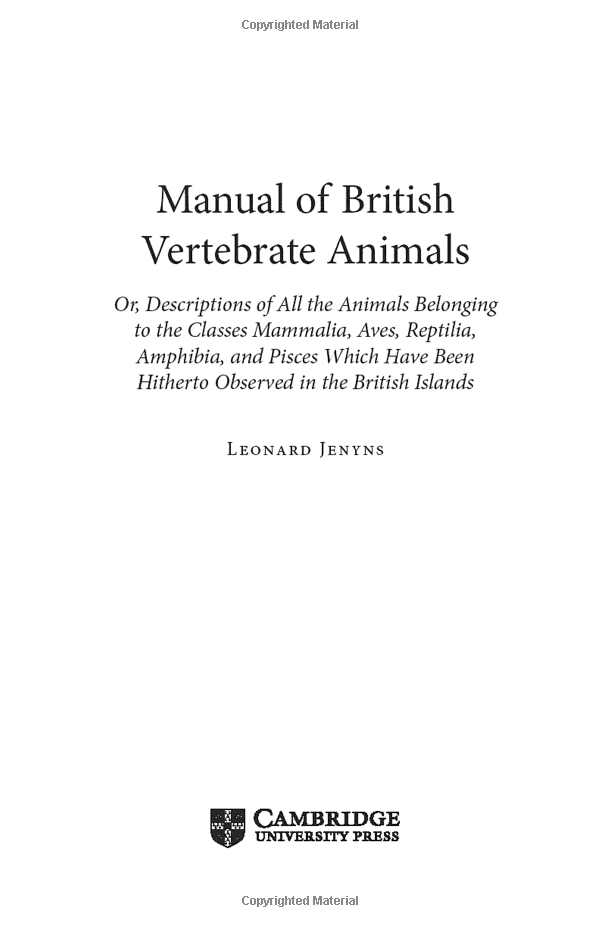"Understanding the Controversies Surrounding Bad Peta: A Deep Dive into Animal Rights Activism"
Guide or Summary:Introduction to Bad PetaThe Origins of PETAControversial CampaignsCriticism from Within the Animal Rights CommunityImpact on Animal Rights……
Guide or Summary:
- Introduction to Bad Peta
- The Origins of PETA
- Controversial Campaigns
- Criticism from Within the Animal Rights Community
- Impact on Animal Rights Discourse
- Conclusion: A Complex Legacy
#### Description:
Introduction to Bad Peta
Bad Peta refers to the negative perceptions and criticisms directed towards People for the Ethical Treatment of Animals (PETA), an organization known for its strong stance on animal rights. While PETA has garnered significant support for its advocacy, it has also faced backlash for its controversial methods and messaging. This article aims to explore the various dimensions of Bad Peta, shedding light on the criticisms and the implications of its activism.

The Origins of PETA
Founded in 1980, PETA has become one of the most well-known animal rights organizations globally. Its mission is to promote animal welfare and prevent cruelty to animals. However, the organization's approach has often been polarizing. Critics argue that some of PETA's tactics, such as provocative advertising campaigns and high-profile stunts, overshadow the important issues they aim to address. This has given rise to the term "Bad Peta," which encapsulates the negative sentiments associated with the organization.
Controversial Campaigns
One of the primary reasons for the Bad Peta label is the organization's controversial campaigns. PETA is known for using shock value to draw attention to animal rights issues. For instance, their campaigns often feature graphic imagery of animal suffering, which some argue is necessary to raise awareness, while others believe it desensitizes the public or trivializes the cause. The use of nudity in campaigns, such as the "I'd Rather Go Naked Than Wear Fur" initiative, has also sparked debates about the appropriateness of such tactics in serious advocacy.
Criticism from Within the Animal Rights Community
Interestingly, Bad Peta is not just a label used by the general public; it is also a term that some within the animal rights community use to express their dissatisfaction with PETA's methods. Critics argue that PETA's focus on high-profile celebrity endorsements and sensationalism detracts from more effective, grassroots approaches to animal rights activism. This internal conflict highlights a broader debate about the best strategies for promoting animal welfare and the ethical implications of various advocacy methods.

Impact on Animal Rights Discourse
The controversies surrounding Bad Peta have significant implications for the broader discourse on animal rights. While PETA has succeeded in bringing animal welfare issues to the forefront of public consciousness, the backlash against its methods can alienate potential supporters. This polarization can hinder constructive dialogue about animal rights, making it challenging to unite various factions within the movement.
Conclusion: A Complex Legacy
In conclusion, Bad Peta represents a complex legacy within the animal rights movement. While the organization has undoubtedly raised awareness about important issues, its methods have sparked considerable debate. Understanding the nuances of Bad Peta is essential for anyone interested in animal rights advocacy. As the conversation around animal welfare continues to evolve, it is crucial to consider diverse perspectives and approaches to ensure that the movement remains inclusive and effective in its mission to protect animals.
By delving into the controversies surrounding Bad Peta, we gain valuable insights into the challenges and opportunities facing animal rights activism today.
